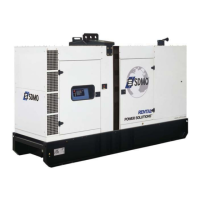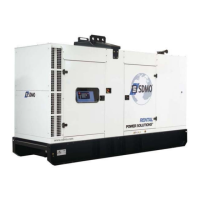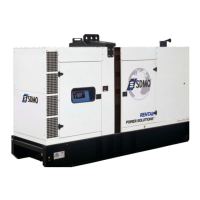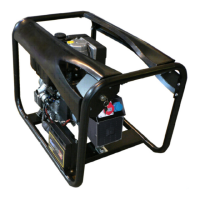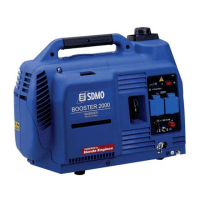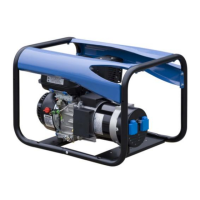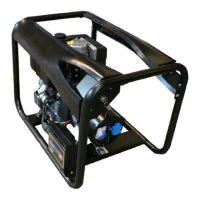8.5. Fault finding
Fault observed Probable origin Measures or observations
The acid heats up when a new battery is
filled
Incorrect composition
Incorrect storage
Prolonged storage in a damp place
Cool
Charge the battery
Check the acid density
The acid escapes through the filler holes
The battery is too full
Reduce the battery fluid level
Acid level too low
Battery tray not leaktight
Considerable formation of gas due to a
very high charging voltage
Replace the battery
Check the charger and repair if
necessary
Acid level too low
Incorrect operation from start-up
Insufficient charge
Short circuit in the power circuit
Consumption fault
Recharge the battery
Check the electrical installation
Acid density too high
The battery has been filled with acid
instead of water
Reduce the acid level and fill with
distilled water. Repeat the operation if
necessary
Starting problems
Starting test incorrect
Battery empty
Recharge the battery
Battery exhausted or faulty
Capacity too low
Battery sulphated
Replace the battery
Battery terminals melted
Incorrect electrical connection
Battery cabling incorrect
Tighten the ends of the battery cables or
replace them if necessary and replace
the battery
One or two cells release a lot of gas at
high charge
Faulty cell(s)
Replace the battery
The battery discharges very quickly
Charge status too low
Check the load
Short circuit in the power circuit
High self-discharge (for example:
through electrolyte contamination)
Sulphation (storage of discharged
battery)
Replace the battery
Short service life
Incorrect battery part no
Define the correct battery part no. for
the recommended use
Repeated deep discharging
Battery stored too long without charge
It is recommended to charge the battery
using a regulator
High water consumption
Overload
Charging voltage too high
Check the charger (voltage regulator).
The battery explodes
Sparks after battery charging
Short circuit
Connection or disconnection during
charging
Internal fault (for example: interruption)
and low electrolyte level
Replace the battery
